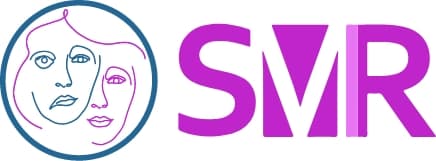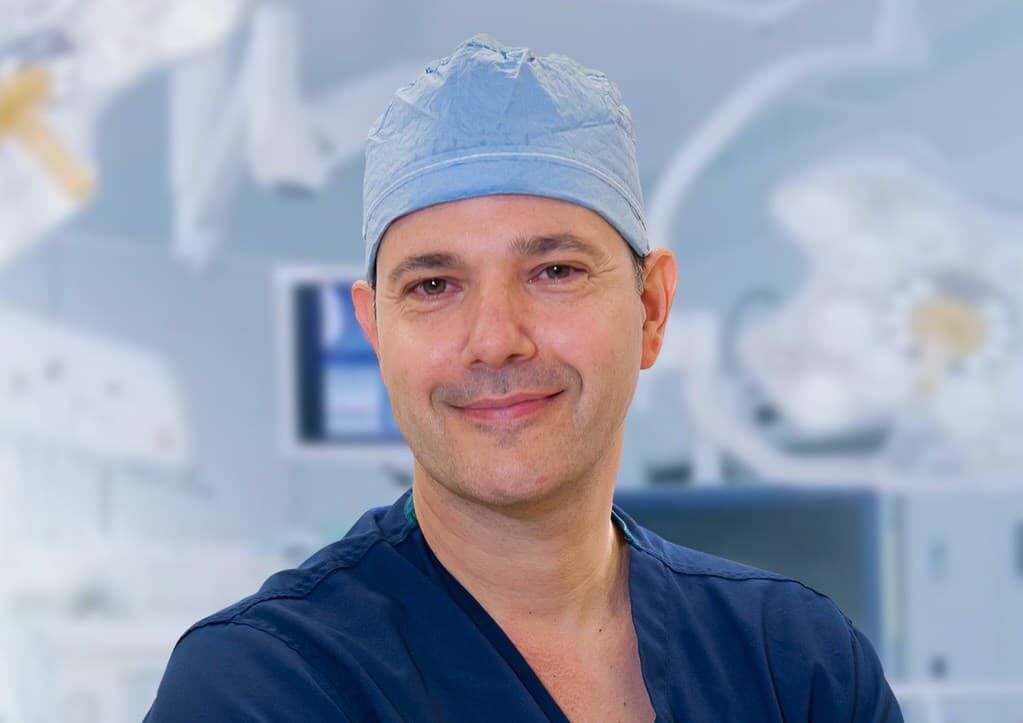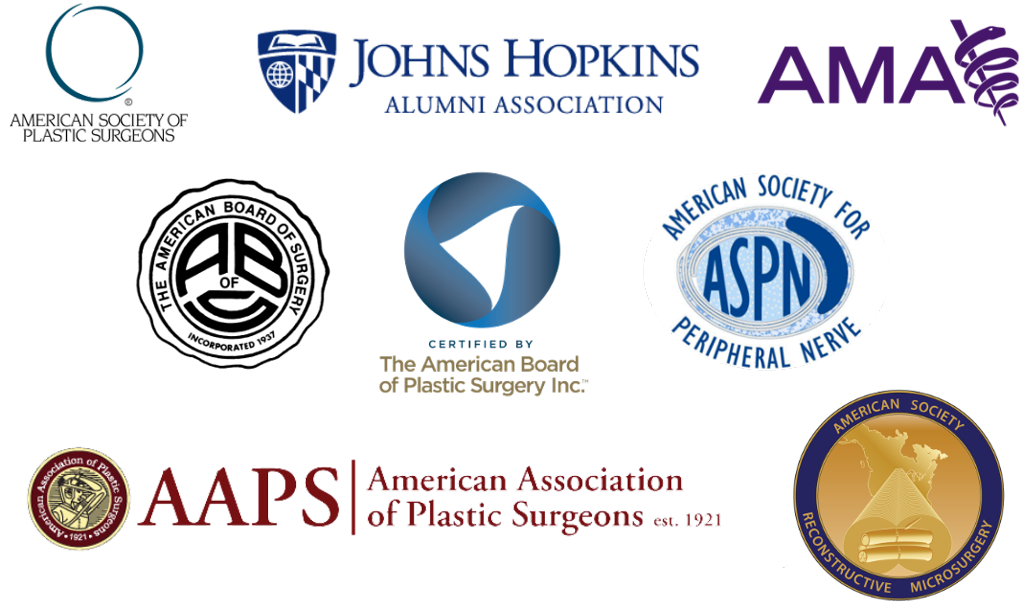Shai M. Rozen, M.D., F.A.C.S.
1801 Inwood Road
Dallas, TX 75390
Phone: (214) 645-2353
Monday–Friday: 8 a.m.–5 p.m.
Rhinoplasty in Dallas, TX
The shape and proportions of the nose influence the overall aesthetics of the face. An attractive nose does not draw attention and instead balances naturally with the other features. Dr. Shai Rozen is a board-certified plastic surgeon who performs rhinoplasty in Dallas to elevate his patients’ confidence by improving the nose’s shape, appearance, and function. His expertise of over two decades of aesthetic and reconstructive facial surgery as a facial paralysis surgeon lends itself to enhanced safety and attractive results.
What are the benefits of rhinoplasty?
People as young as teenagers (once facial development is complete) visit Dr. Rozen for a nose job in Dallas to make a variety of improvements to their nose, including:
- Reshaping the tip
- Straightening a crooked bridge
- Resizing the nose or the nostrils
- Balancing the profile
- Improving breathing
If patients want and need both cosmetic and functional rhinoplasty, Dr. Rozen prefers to perform the procedures at the same time. This is safer than operating on the nose multiple times and requires a single recovery period.
Can rhinoplasty be combined with other procedures?
While many patients have rhinoplasty on its own, Dr. Rozen can combine it with other procedures to improve facial balance and aesthetics. Options include:
- Eyelid surgery
- Chin augmentation
- Facelift surgery
- Fat transfer
What is the best technique for rhinoplasty?
Dr. Rozen typically performs open rhinoplasty because it allows him to see and access the internal structures of the nose and shape the nose more easily. This technique involves a fine incision in the columella (the structure between the nostrils) and incisions hidden inside the nose.
Dr. Rozen reserves closed rhinoplasty, which involves incisions inside the nose, for making minor adjustments to the nose.
Dr. Shai Rozen
Dr. Rozen's expertise in facial paralysis surgery makes him uniquely qualified as a plastic surgeon. Patients benefit from his:
- In-depth knowledge of facial nerves and anatomy and their relationships to facial appearance, expression, and sensation.
- Refined eye for facial symmetry and aesthetics.
- Adept surgical skills refined by performing highly complex microsurgical facial procedures.
- Patient-centered approach that values the individual's unique needs, concerns, and aesthetic goals.

What happens during rhinoplasty surgery?
Rhinoplasty is an outpatient procedure performed with general anesthetic or IV sedation. After making the incisions, Dr. Rozen uses a variety of techniques to improve the appearance of the nose. Your procedure may include:
- Reshaping cartilage and bone.
- Fracturing the nasal bones in a very controlled fashion (osteotomy) to narrow the upper third of the nose or correct a deviation or an open roof deformity.
- Adding cartilage or soft tissue grafts to the nose.
- Reducing turbinates that may obstruct breathing.
When Dr. Rozen has achieved the desired structure, he re-drapes the skin and soft tissues and closes the incisions with fine sutures. Internal sutures are dissolvable, so they won’t need to be removed.
What should I expect during rhinoplasty recovery?
Rhinoplasty recovery varies with the specifics of the surgery. Most patients experience swelling and bruising around the eyes; it is more pronounced with fracturing of the nasal bones.
Recovery Milestones
Here are general recovery milestones and a timeline (experiences vary):
- Columellar sutures and splint removed (if used): 5 to 7 days
- Return to non-strenuous work and activities: 1 to 3 weeks
- Bruising and swelling around the eyes fade: 4 to 6 weeks
- Resume vigorous exercise: 4 to 6 weeks
- Ready to wear glasses: 4 to 6 weeks
- See improvements: 3 months
- Final results: 12 to 18 months
Because nasal skin is sebaceous, swelling dissipates slowly over 12 months; although, 90% of it fades in the first 3 months. The tip becomes more defined when the last bit of swelling fades.
Does insurance cover rhinoplasty?
Cosmetic rhinoplasty is elective and not covered by insurance. Most functional surgeries that improve breathing are covered by insurance.
Next Steps
To find out how rhinoplasty can enhance your confidence and breathing, request a consultation to meet with Dr. Rozen at UT Southwestern or to schedule a virtual consultation.



